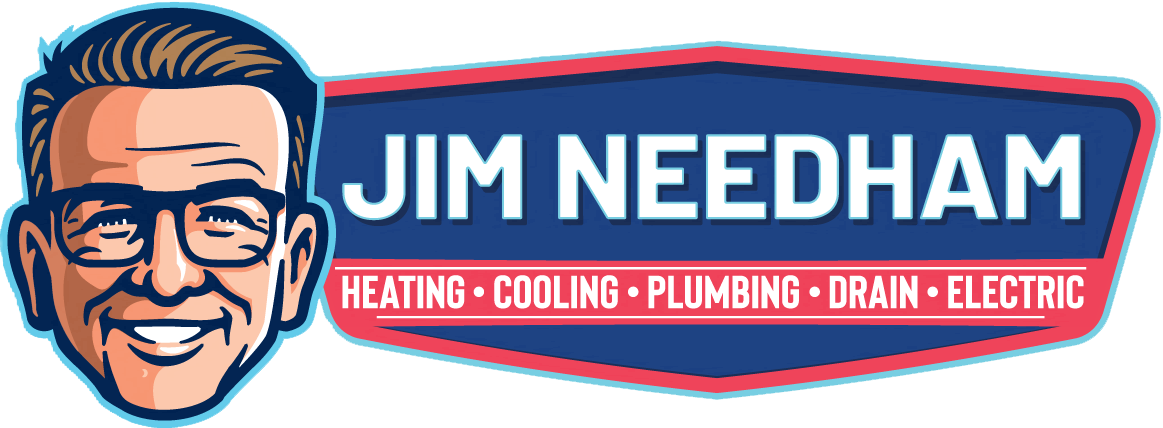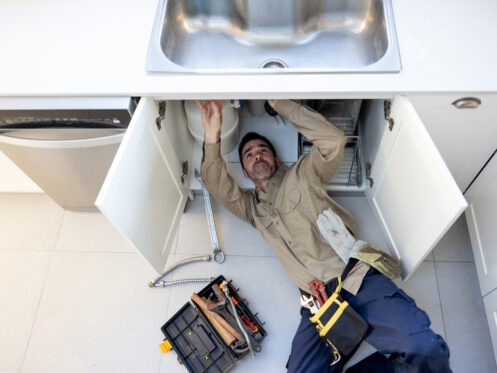Homeownership in Thornton, CO, comes with some major responsibilities. One of them is that you need to maintain your home’s plumbing system. Failure to do so could lead to major inconveniences and damage to your home. The good news is that you don’t have to do all that much to keep your home’s plumbing in ideal shape. There are just a handful of tasks you need to complete at specific times of year. To help you get started, here are 10 of the most important preventative maintenance plumbing steps to take before fall.
1. Drain and Disconnect Your Hoses
The first preventative maintenance task to take care of before the fall is to drain and disconnect your outdoor hoses. That’s important because your hoses could freeze when the outside temperature begins dropping. Not only can this destroy the hoses themselves, but it may also lead to freezing inside your home’s pipes. Those pipes might then burst and flood your home. So, make sure to get all of the water out of your hoses and store them indoors before fall arrives.
2. Test All Outdoor Hose Bibs and Repair as Necessary
After disconnecting all of your outdoor hoses, you should test all of your hose bibs for proper operation. Check to see that they open and close easily and that they don’t drip after you turn them off. If you note any problems with any of your hose bibs, consider replacing or repairing them before fall begins. You won’t want to have to deal with significant outdoor repair work in the cold, so fall is the ideal time.
3. Turn off Outdoor Water Supply
After you make sure all of your hose bibs are in good shape, you should turn off their water supply. Typically, you can do this using a shutoff valve located inside your home. The shutoff valve for your outdoor fixtures should be approximately ten feet away from them on their supply pipe. That distance is important. It allows you to turn off the water and drain any remaining water in the pipe. Then, the ten-foot dry pipe section acts as a barrier against the cold outdoors. It’s also a good idea to purchase and install insulated hose bib covers after turning off the water supply. They’re inexpensive foam devices that can prevent freezing during the colder months.
4. Look to Seal Pipe Gaps
While you’re near the pipes running to your outdoor fixtures, you should examine where they penetrate your walls. Over time, the settling of your home and vibration in the pipes can open up gaps. If you see any daylight peeking in at those locations, take the time to seal them up. You can do this using caulking in most cases, as long as the gaps aren’t large. If they are, you can use expanding foam to do the job. This will further safeguard your indoor plumbing from any freezing issues when the temperature drops.
5. Insulate Pipes Where Necessary
Next, you should inspect all of the pipes running through unheated spaces in your home. This includes unfinished basements and crawlspaces. Pipes in those areas should have insulation wrapped around them to protect them from the cold. You should check that the existing insulation is in good condition and isn’t falling off your pipes. If you find any damaged insulation, you should replace it. If you find any pipes that lack insulation entirely, you should wrap them in insulation.
6. Flush Out Your Water Heater
When the weather starts getting colder, your water heater will begin receiving a colder water supply. That means it will have to work harder to heat the water you depend on for your home. To help it along, you should perform your once-annual water heater flush before fall begins. This will remove any sediment buildup and help improve heat transfer within your water heater.
To flush your hot water tank, first, turn it off and shut off its incoming water supply. Then, attach a garden hose to the drain valve near the water heater’s base. Run the other end of the hose to a nearby drain. Next, open a hot water tap somewhere in your home, followed by the tank’s drain valve. When water stops running out of each, perform the same steps in reverse to get your water heater running again.
7. Inspect Your Sump Pump
If your home has a sump pump, it’s a good idea to give it a quick inspection before fall begins. You’ll want to ensure that your sump pump works and can handle what the weather has in store for it. To test your sump pump, you can manually pour some water into your sump. Once you’ve added enough water to raise the float switch, your pump should activate. Listen for any unusual sounds and make sure the pump effectively drains the water from the sump. If anything’s amiss, schedule a repair appointment to solve the problem.
8. Schedule a Sewer Inspection
It is also a good idea to schedule a professional sewer line inspection each year before fall begins. If your home’s sewer line suffers any damage or has a blockage, it will be harder to solve during colder months. Therefore, it’s best to find any potential problems while weather conditions remain conducive to repairs.
9. Check For Leaks
Another plumbing maintenance task to carry out before fall is to check around your home for signs of water leaks. Look at all of your faucets to check for any dripping water while they’re off. Look at the supply lines running to the faucets for any signs of moisture. When it gets colder, a tiny water leak could quickly turn into a major problem for your pipes. It could lead to freezing and cause your pipes to burst. So, if you suspect a leak anywhere in your home after your inspection, you should address it immediately.
10. Clean Your Gutters
Although you may not think of your gutters as part of your plumbing system, they are. So, your final pre-fall plumbing maintenance task is to clean out your gutters. This will make sure that they function effectively when called upon. They’re especially important following any snowfall because they route meltwater away from your home. Plus, the last thing you’ll want to deal with in the cold weather is a clogged gutter.
Your Local Plumbing Specialists
If you need help keeping the plumbing system in your Thornton home in top shape, Jim Needham Heating Cooling Plumbing and Drain can help. We offer complete plumbing services, including water treatment systems, gas lines, and water heaters. Plus, we offer comprehensive HVAC services as well. You’ll never pay any service call or dispatch fees when you call us. We offer same-day service and a 100% satisfaction guarantee on our work. We’re even Better Business Bureau accredited with an A+ rating. For all of your plumbing needs in Thornton, call Jim Needham Heating Cooling Plumbing and Drain.


